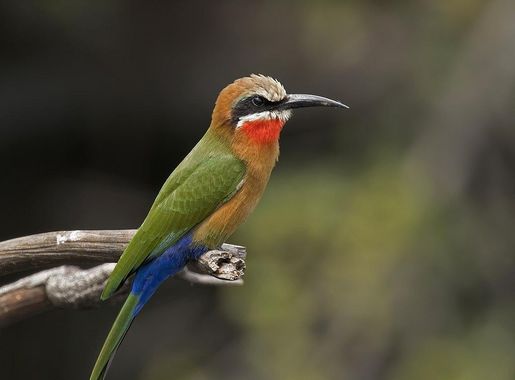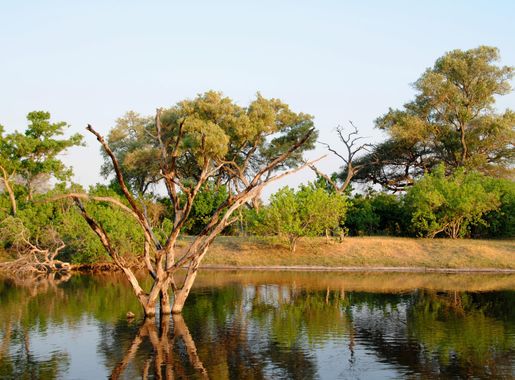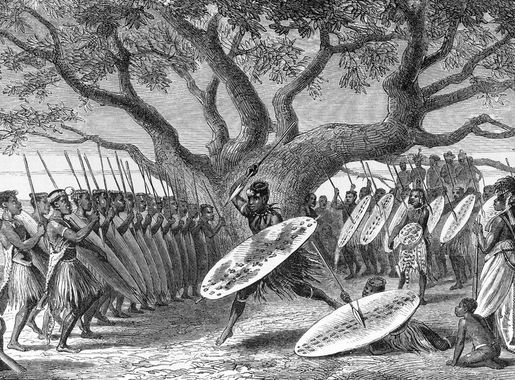
The Untamed Beauty of Linyanti Wildlife Reserve
Explore the untouched wilderness of Linyanti Wildlife Reserve in Botswana, where diverse landscapes and rich wildlife create an unforgettable safari experience.
Nestled between the Okavango Delta and Chobe National Park, Linyanti Wildlife Reserve is a hidden gem in Botswana. This remote and pristine wilderness offers an extraordinary safari experience, far from the crowded tourist trails. Linyanti is renowned for its diverse landscapes, including lush wetlands, dense forests, and open savannahs. These varied habitats support a rich array of wildlife, making it a paradise for nature lovers and photographers. Visitors can expect to see large herds of elephants, prides of lions, and elusive leopards, as well as an abundance of birdlife. The reserve is also famous for its waterways, which are fed by the Linyanti River. These waterways attract a plethora of animals, particularly during the dry season when water sources become scarce. Whether you explore by boat, on foot, or in a 4x4 vehicle, each day in Linyanti promises unforgettable wildlife encounters. Accommodation in Linyanti is luxurious yet eco-friendly, with several lodges and camps offering intimate and personalized experiences. With fewer visitors than other parks, you can enjoy the tranquility and the sounds of the African bush. It’s an ideal destination for those seeking an authentic and exclusive safari adventure.
Local tips in Linyanti Wildlife Reserve
- Visit during the dry season (May to October) for the best wildlife viewing opportunities.
- Pack light, breathable clothing and include neutral colors to blend in with the environment.
- Bring a good pair of binoculars and a camera with a zoom lens for capturing wildlife from a distance.
- Book your accommodation well in advance, as the lodges and camps have limited availability.
- Don't forget insect repellent, especially during the rainy season when mosquitoes are more prevalent.
The Untamed Beauty of Linyanti Wildlife Reserve
Nestled between the Okavango Delta and Chobe National Park, Linyanti Wildlife Reserve is a hidden gem in Botswana. This remote and pristine wilderness offers an extraordinary safari experience, far from the crowded tourist trails. Linyanti is renowned for its diverse landscapes, including lush wetlands, dense forests, and open savannahs. These varied habitats support a rich array of wildlife, making it a paradise for nature lovers and photographers. Visitors can expect to see large herds of elephants, prides of lions, and elusive leopards, as well as an abundance of birdlife. The reserve is also famous for its waterways, which are fed by the Linyanti River. These waterways attract a plethora of animals, particularly during the dry season when water sources become scarce. Whether you explore by boat, on foot, or in a 4x4 vehicle, each day in Linyanti promises unforgettable wildlife encounters. Accommodation in Linyanti is luxurious yet eco-friendly, with several lodges and camps offering intimate and personalized experiences. With fewer visitors than other parks, you can enjoy the tranquility and the sounds of the African bush. It’s an ideal destination for those seeking an authentic and exclusive safari adventure.
When is the best time to go to Linyanti Wildlife Reserve?
Iconic landmarks you can’t miss
Mokolodi Nature Reserve
Explore Mokolodi Nature Reserve, a wildlife haven near Gaborone, Botswana, showcasing rich biodiversity and unforgettable safari experiences.
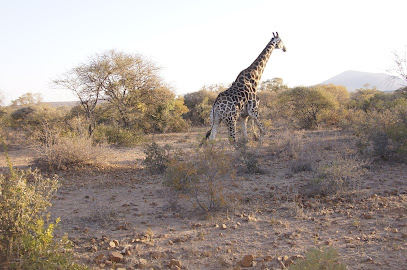
Moremi Game Reserve
Discover Moremi Game Reserve: A breathtaking haven of wildlife and natural beauty in the heart of Botswana's Okavango Delta.
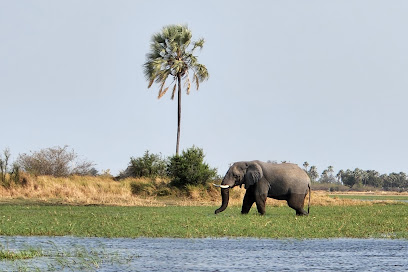
Khama Rhino Sanctuary
Discover the Khama Rhino Sanctuary, where conservation meets adventure in the heart of Botswana's wild landscapes.
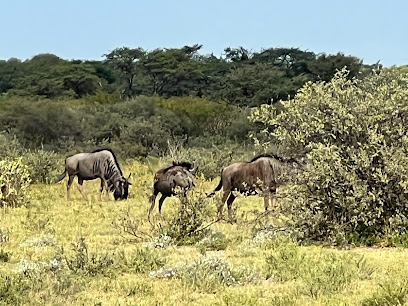
Chobe National Park
Explore the stunning Chobe National Park, a wildlife haven in Botswana known for its elephants and breathtaking landscapes.
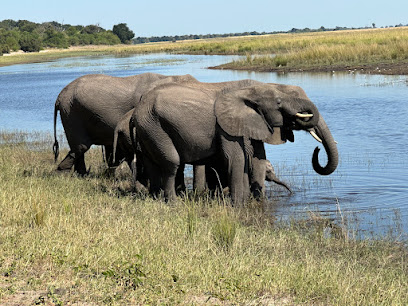
Crocodile Camp Safari & Spa
Experience the ultimate blend of relaxation and adventure at Crocodile Camp Safari & Spa, where the beauty of Botswana's wilderness awaits.

Senyati Safari Camp
Experience the wild beauty of Botswana at Senyati Safari Camp, your gateway to adventure and nature in the heart of Africa.

Nxai Pan National Park
Experience the wild beauty of Nxai Pan National Park, a haven for wildlife enthusiasts and nature lovers in Botswana's breathtaking landscapes.
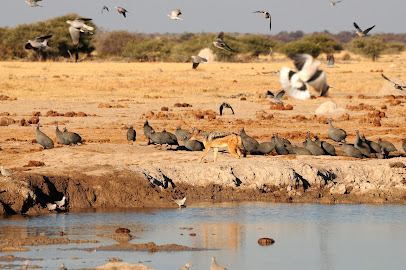
Savute Safari Lodge desert and delta
Discover the essence of Botswana's wilderness at Savute Safari Lodge, where luxury meets adventure in the heart of the Savuti region.

Mashatu Game Reserve
Experience the thrill of wildlife encounters and stunning landscapes at Mashatu Game Reserve in Botswana, the ultimate African safari destination.
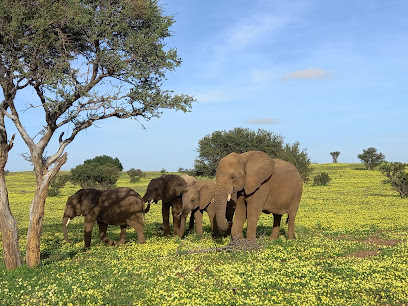
Vumbura Plains
Experience the ultimate African safari at Vumbura Plains in Botswana's breathtaking Okavango Delta, where luxury meets adventure in nature's paradise.

Gaborone Game Reserve
Explore Gaborone Game Reserve, a serene wildlife sanctuary in Botswana's capital, where nature and adventure await in a stunning landscape.
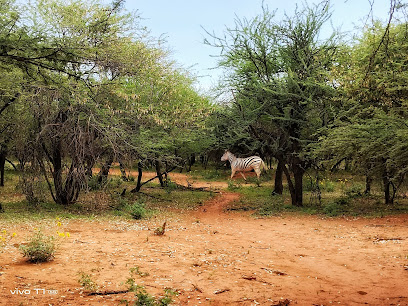
andBeyond Nxabega Okavango Tented Camp
Discover the magical landscapes and wildlife of Botswana at andBeyond Nxabega Okavango Tented Camp, your gateway to an unforgettable safari experience.
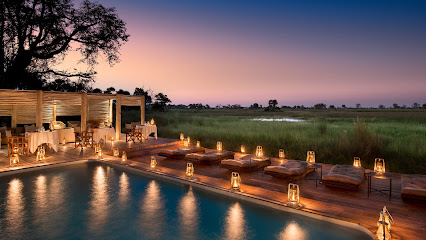
Wilderness DumaTau
Experience the luxury of Wilderness DumaTau in Botswana's Linyanti Region, where breathtaking wildlife encounters and serene landscapes await.
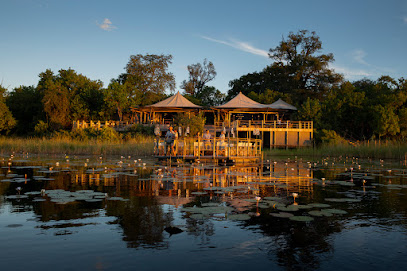
Khutse Game Reserve
Explore the breathtaking landscapes and rich wildlife of Khutse Game Reserve, an authentic African experience in Botswana's stunning wilderness.
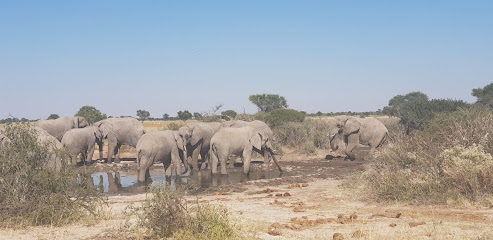
King's Pool Camp
Discover the luxury of nature at King's Pool Camp in the Okavango Delta, where adventure meets comfort in a stunning wilderness setting.

Unmissable attractions to see
Selinda Game Reserve (Private) NG/16
Experience the breathtaking wildlife and stunning landscapes of Selinda Game Reserve in Botswana, a premier destination for safari enthusiasts.
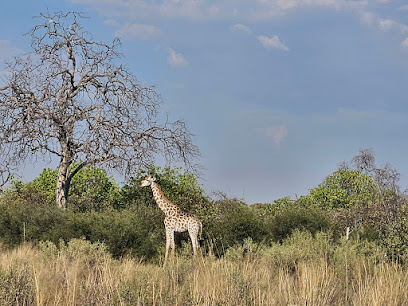
Paradise Campsite, Savuti
Discover the beauty of Botswana at Paradise Campsite, Savuti - a true haven for nature lovers and adventure seekers.

Mababe Gate
Explore the stunning landscapes and diverse wildlife at Mababe Gate, the gateway to Chobe National Park in Botswana's natural paradise.
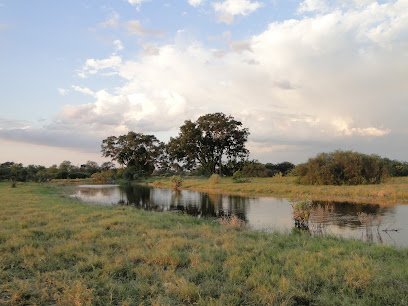
Boita Poloso Lodge and Campsite
Experience the tranquility of nature at Boita Poloso Lodge and Campsite, a perfect retreat for adventure and relaxation in Kachikau, Botswana.
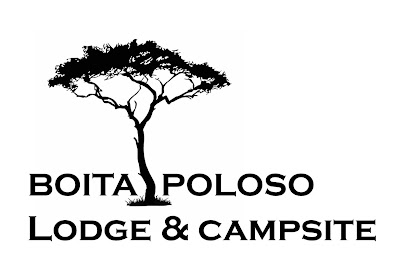
Savuti Chobe NP
Discover the wild beauty of Savuti Chobe National Park, where breathtaking landscapes and diverse wildlife await every traveler.
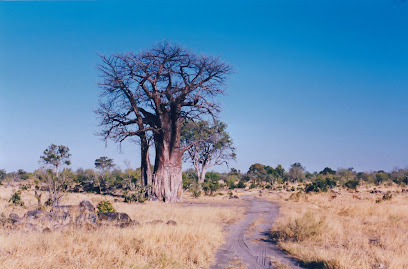
Vuche Vuche Basket Weavers
Discover the rich tradition of basket weaving at Vuche Vuche in Legotlhwana, Botswana, where art and culture come together in vibrant harmony.
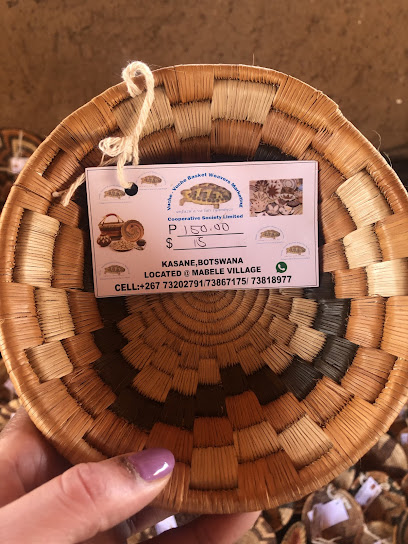
Chobe Forest Reserve
Experience the breathtaking landscapes and diverse wildlife of Chobe Forest Reserve, a hidden gem of Botswana's natural beauty.

Wild River Boating Adventures
Explore the enchanting waterways of Botswana with Wild River Boating Adventures, where thrilling wildlife encounters await every visitor.
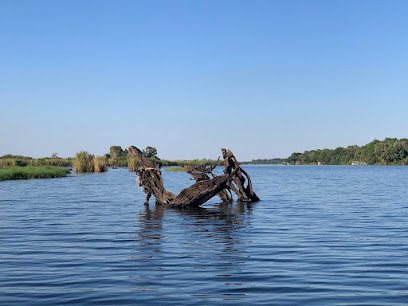
Baobab Gallery
Explore the breathtaking beauty of Baobab Gallery in Savuti, Botswana - a paradise for nature lovers and wildlife enthusiasts.
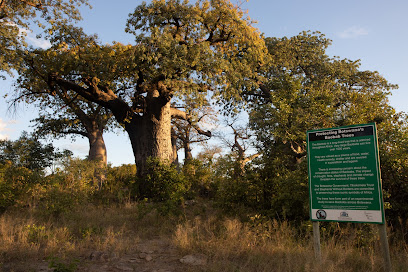
Chobe-Nationalpark
Uncover the wild heart of Botswana in Chobe National Park, where elephants roam free and nature's beauty captivates every visitor.
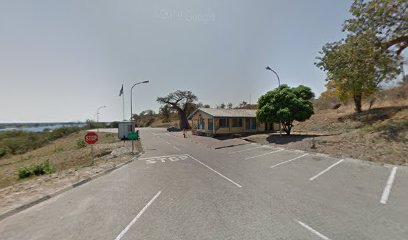
Mbakisa - WildRiver Mokoro Station
Discover the stunning wildlife and serene waterways at Mbakisa - WildRiver Mokoro Station, a premier destination in Chobe, Botswana.

Elephant Skull and Bones
Explore the Elephant Skull and Bones in Savuti, a captivating tourist attraction showcasing Botswana's wildlife legacy amidst breathtaking natural beauty.

UPLAND SAFARIS
Experience the breathtaking wildlife and stunning landscapes of Botswana at Upland Safaris in Kazungula, a top tourist attraction for nature lovers.

Savuti
Explore Savuti, Botswana's stunning wildlife haven known for its rich biodiversity and breathtaking landscapes, perfect for an unforgettable safari adventure.
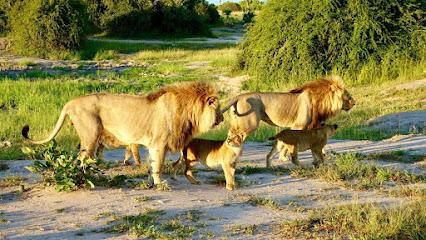
Bushman Art
Discover the timeless beauty of Bushman Art in Savuti, where ancient rock engravings tell the story of Botswana's rich cultural heritage.

Essential places to dine
Bull & Bush
Experience the lively ambiance and delicious cuisine at Bull & Bush - Gaborone's top destination for food lovers.
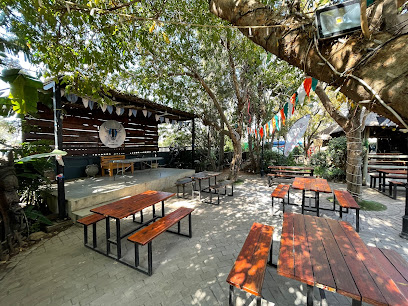
Chobe Marina Lodge
Discover luxury and adventure at Chobe Marina Lodge - where breathtaking river views meet exceptional dining and spa experiences.

Table50Two
Experience the best of Botswanan cuisine at Table50Two in Gaborone—where tradition meets modern culinary artistry.
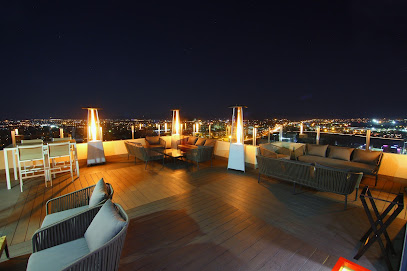
Two Six Seven
Discover Two Six Seven in Gaborone – where local flavors meet international cuisine in an inviting riverside setting.

Chutney Indian Restaurant
Discover authentic Indian flavors at Chutney Indian Restaurant in Gaborone's West Gate Mall - A culinary journey awaits!

The Old House
Discover comfort and local flavors at The Old House in Kasane – your perfect retreat after exploring Botswana's natural wonders.
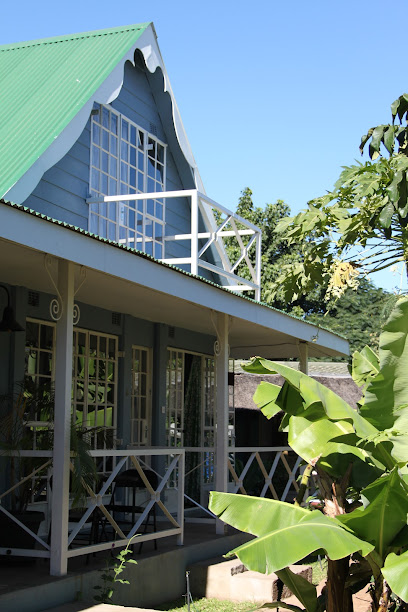
Rhapsody's
Experience the vibrant flavors of Gaborone at Rhapsody's—where local meets international cuisine in a lively setting.
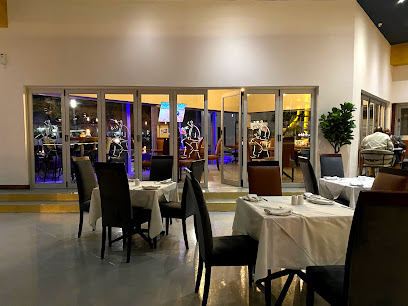
Island Safari Lodge
Discover the tranquil allure of Island Safari Lodge in Maun - where comfort meets adventure amidst Botswana's stunning landscapes.
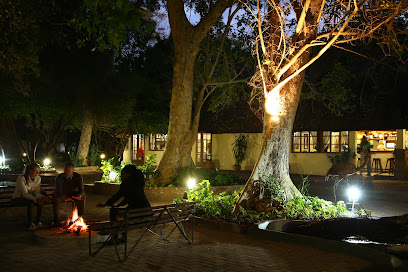
Palm Afrique Lodge 3-Star
Discover comfort in nature at Palm Afrique Lodge - your gateway to Botswana's wilderness and cultural treasures.
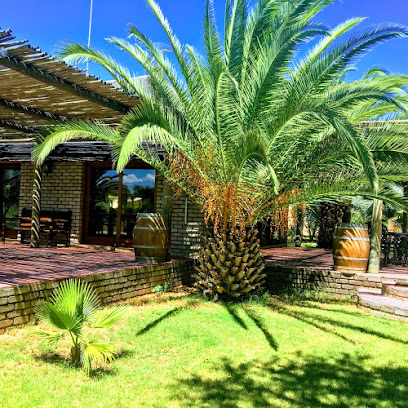
Pelican Lodge and Camping
Experience comfort and nature at Pelican Lodge and Camping in Nata, Botswana – where adventure meets tranquility.

Crocodile Pools River Safaris & Chalets
Discover Botswana's wildlife wonders with thrilling boat tours and serene chalet stays at Crocodile Pools River Safaris & Chalets.
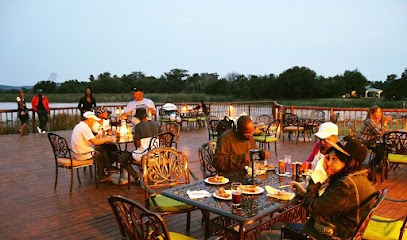
Bonita Gardens Cafe - Palapye, Botswana
Discover tranquility at Bonita Gardens Cafe in Palapye—where delicious cuisine meets serene natural beauty.
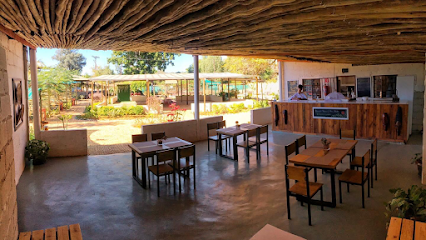
Elephant Valley Lodge
Discover the tranquility of Elephant Valley Lodge - a luxurious escape nestled in Botswana's breathtaking Lesoma Valley.

Hilary's Restaurant
Discover the heart of Botswana’s cuisine at Hilary’s Restaurant in Maun—where local ingredients meet unforgettable flavors.
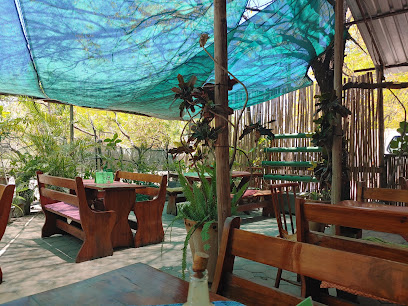
The Coffee Buzz
Discover The Coffee Buzz in Kasane - where rich flavors meet vibrant atmosphere for an unforgettable coffee experience.
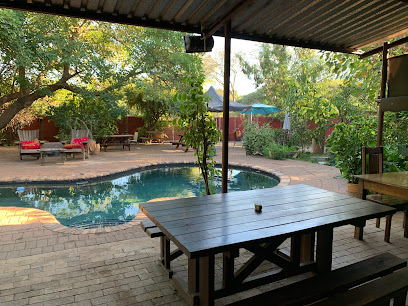
Markets, malls and hidden boutiques
Savute Elephant Lodge, A Belmond Safari, Botswana
Discover the ultimate luxury safari experience at Savute Elephant Lodge in Chobe National Park, Botswana, where nature and comfort meet.

Wilderness DumaTau
Experience the ultimate blend of luxury and wilderness at Wilderness DumaTau, a family-friendly lodge in Botswana's breathtaking Linyanti region.
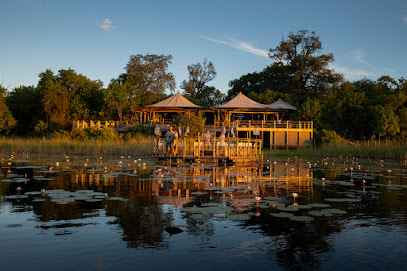
Linyanti Bush Camp & Ebony
Discover the beauty of Chobe National Park at Linyanti Bush Camp & Ebony, a luxury lodge providing exceptional wildlife experiences and family-friendly accommodations.
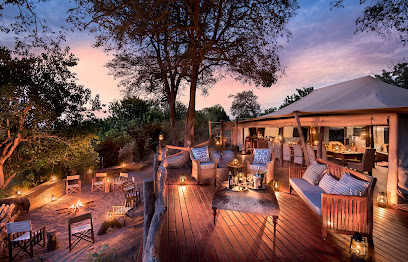
Kasane Computers
Discover top-notch computer accessories and reliable tech solutions at Kasane Computers in Botswana, your ultimate destination for all things tech.
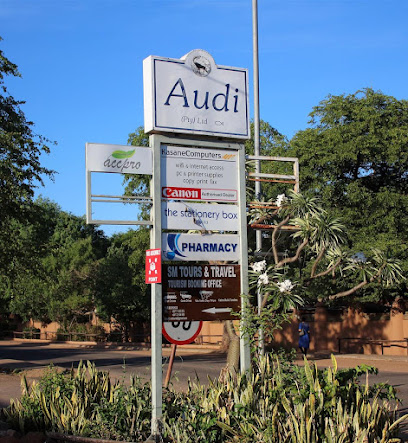
Zanami investment Cc. mini market
Discover the best of Namibian flavors and products at Zanami Investment Cc. Mini Market, your one-stop shop for local essentials.
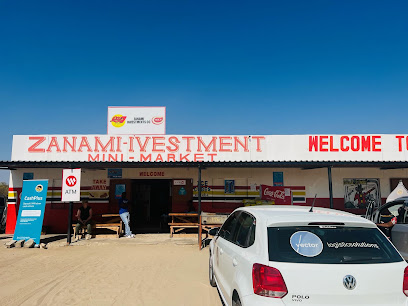
Mashi Crafts
Explore authentic Namibian craftsmanship at Mashi Crafts, a vibrant store offering handcrafted goods that celebrate local heritage and artistry.
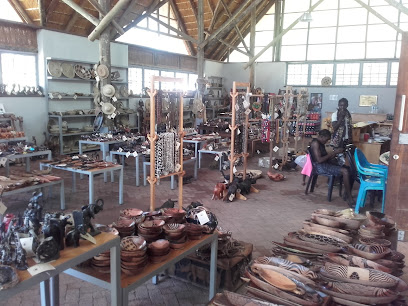
Linyanti Tented Camp
Discover the magic of the wilderness at Linyanti Tented Camp, where adventure meets luxury in the heart of Botswana's natural beauty.

Halfway bottle store and shop
Discover the charm of Namibia at Halfway Bottle Store, a delightful bar offering local drinks in a relaxed atmosphere. Perfect for unwinding after adventures.

Afro Ville
Experience local flavors at Afro Ville, a unique grocery store and breakfast spot in Khwai, perfect for tourists seeking a taste of Botswana.
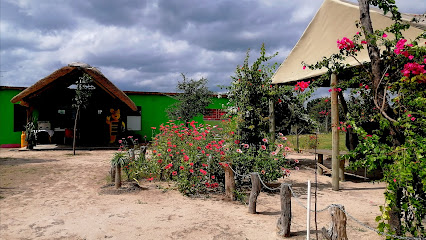
Linyanti Wildlife Reserve
Explore the breathtaking Linyanti Wildlife Reserve, a sanctuary of diverse wildlife and stunning landscapes in Botswana's heart, ideal for safari enthusiasts.
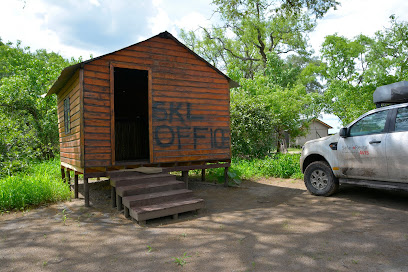
James's Trading Enterprises cc
Explore local flavors and essentials at James's Trading Enterprises, your go-to grocery store in Katima Mulilo, Namibia.

Sankuyo village Kuka shop 1
Experience the heart of Botswana at Sankuyo Village Kuka Shop, a vibrant bar blending local culture and community spirit.

Mulife Night Club Linyanti
Discover the vibrant nightlife at Mulife Night Club Linyanti, where local music and dance create an unforgettable atmosphere in Namibia.

Corner shop Linyanti
Explore the charming Corner Shop Linyanti in Namibia for local groceries and an authentic cultural experience.

Vuche Vuche Basket Weavers
Experience the vibrant culture of Botswana at Vuche Vuche Basket Weavers, where artistry and tradition intertwine in stunning handwoven baskets.
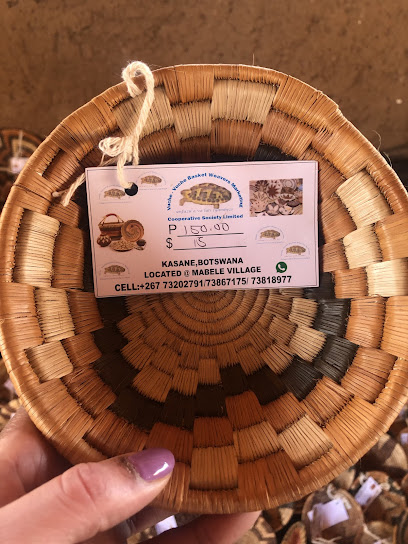
Essential bars & hidden hideouts
Island Safari Lodge
Discover the charm of Island Safari Lodge in Maun, where adventure meets comfort amidst the stunning landscapes of Botswana.
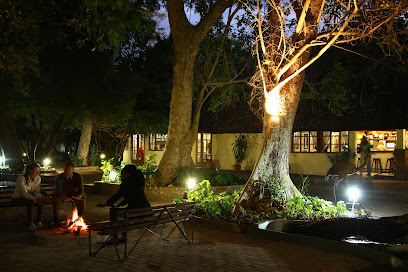
Hilary's Restaurant
Experience the vibrant flavors of Botswana at Hilary's Restaurant in Maun, where local cuisine meets international dining in a cozy atmosphere.
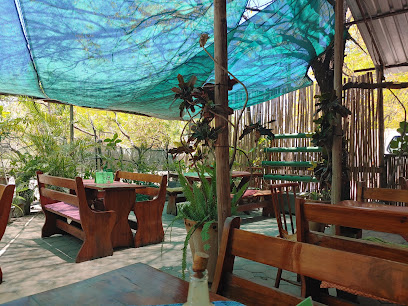
Savute Elephant Lodge, A Belmond Safari, Botswana
Discover the heart of Botswana's wildlife at Savute Elephant Lodge, where luxury meets adventure in Chobe National Park.

Wilderness DumaTau
Discover the majestic wildlife and stunning landscapes at Wilderness DumaTau, a luxurious lodge in Botswana's scenic Linyanti region.

King's Pool Camp
Discover the ultimate wilderness experience at King's Pool Camp, where luxury meets nature in the heart of the Okavango Delta.

Zarafa Camp
Experience the epitome of luxury and adventure at Zarafa Camp, nestled in Botswana's breathtaking Selinda Reserve.
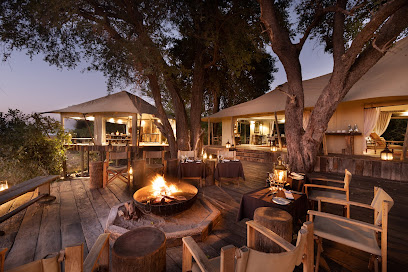
Khwai Lediba
Experience the breathtaking beauty and wildlife of Botswana at Khwai Lediba, your luxurious lodge near Northern Moremi Game Reserve.
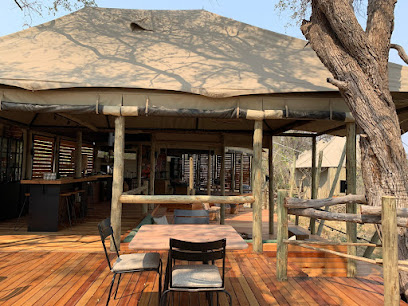
Club Zamani
Discover the lively spirit of Club Zamani, a must-visit bar in Kongola, Namibia, where local flavors and vibrant nightlife await.
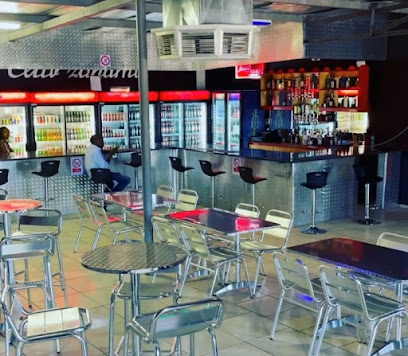
Linyanti Tented Camp
Discover the beauty of Botswana at Linyanti Tented Camp, where luxury meets adventure in the heart of the wilderness.

Halfway bottle store and shop
Experience local culture at Halfway Bottle Store and Shop, a cozy bar in Seseke Sabanyai serving a delightful variety of drinks.

Sankuyo village Kuka shop 1
Discover the vibrant atmosphere and local culture at Sankuyo Village Kuka Shop, a charming bar in the heart of Botswana.

Ngoma General Dealer
Discover the heart of Namibian hospitality at Ngoma General Dealer, a cozy bar offering local brews and a vibrant cultural atmosphere.

Duba Plains Restaurant
Experience the culinary delights of Duba Plains Restaurant in Kakoro, where Western flavors meet local charm for an unforgettable dining experience.
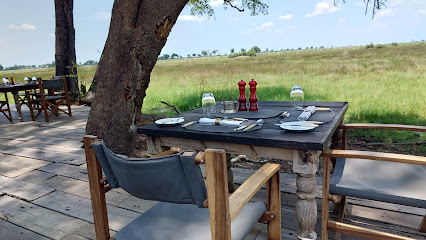
Rise & Shine Bar
Discover the vibrant atmosphere and local flavors at Rise & Shine Bar, a must-visit hotspot in Lizauli, Namibia.

Best Restaurant
Savor the authentic taste of Namibia at Sibbinda's Best Restaurant, where local cuisine meets warm hospitality.

Local Phrases about Linyanti Wildlife Reserve
-
- HelloDumela
[doo-meh-lah] - GoodbyeTsamaya sentle
[tsa-ma-ya sen-tle] - YesEe
[ee] - NoNnyaa
[nyah] - Please/You're welcomeKe kopa
[keh koh-pah] - Thank youKe a leboga
[keh ah leh-boh-gah] - Excuse me/SorryKe kopa lebitla
[keh koh-pah leh-beet-lah] - How are you?O kae?
[oh kai] - Fine. And you?Ke teng. Le wena?
[keh teng. leh weh-nah] - Do you speak English?O bua sekgowa?
[oh boo-wah seh-koh-wah] - I don't understandGa ke itse
[hah kee it-seh]
- HelloDumela
-
- I'd like to see the menu, pleaseKe kopa go bona menu
[keh koh-pah go boh-nah meh-noo] - I don't eat meatGa ke itse nyama
[hah kee it-seh nyah-mah] - Cheers!Phila!
[pee-lah] - I would like to pay, pleaseKe kopa go dira dipalo
[keh koh-pah go dee-rah dee-pah-loh]
- I'd like to see the menu, pleaseKe kopa go bona menu
-
- Help!Tlamelela!
[tla-meh-leh-la] - Go away!Tshameka!
[tsha-meh-kah] - Call the Police!Bula Borwa!
[boo-lah bor-wah] - Call a doctor!Bula ngaka!
[boo-lah ngah-kah] - I'm lostKe itumelela
[keh ee-too-meh-leh-lah] - I'm illKe itlhokomelwa
[keh it-loh-koh-meh-lwah]
- Help!Tlamelela!
-
- I'd like to buy...Ke kopa go rekela...
[keh koh-pah go reh-keh-lah] - I'm just lookingKe amogelela
[keh ah-moh-geh-leh-lah] - How much is it?Ee pele go bokae?
[ee peh-leh goh boh-kai] - That's too expensiveEna e tlhokamisi
[eh-nah eh tloh-kah-mee-see] - Can you lower the price?O ka itsegelela phatlha?
[oh kah it-seh-geh-leh-lah pah-tlah]
- I'd like to buy...Ke kopa go rekela...
-
- What time is it?Ke nako mang?
[keh nah-koh mah-ng] - It's one o'clockKe nako ya kwa ngwaga
[keh nah-koh yah kwa ngwah-gah] - Half past (10)Kwa tsela ya (10)
[kwa tseh-lah yah (10)] - MorningBontsi
[boh-nt-see] - AfternoonNtlong
[n-tloh-ng] - EveningBogolo
[boh-go-loh] - YesterdayNakong ya mare
[nah-koh-ng yah mah-reh] - TodayNakong ena
[nah-koh-ng eh-nah] - TomorrowNako ya mantswe
[nah-koh yah ma-nt-sw] - 1Moja
[mo-jah] - 2Pedi
[peh-dee] - 3Tharo
[tah-roh] - 4Nne
[nn-neh] - 5Tlhano
[t-loh-noh] - 6Tlhontlo
[t-loh-nt-loh] - 7Seetsele
[seh-eh-tseh-leh] - 8Seboloke
[seh-boh-loh-keh] - 9Nngwe
[nn-gweh] - 10Lesome
[leh-soh-meh]
- What time is it?Ke nako mang?
-
- Where's a/the...?Kae...?
[kah-eh] - What's the address?Lekala le kae?
[leh-kah-lah leh kah-eh] - Can you show me (on the map)?O ka nka go bona (ka map)?
[oh kah ng-kah go boh-nah (kah map)] - When's the next (bus)?E mongwe (bus) e kae?
[eh moh-ng-weh (bus) eh kah-eh] - A ticket (to ....)Thikiti (go ....)
[tee-kee-tee go]
- Where's a/the...?Kae...?
History of Linyanti Wildlife Reserve
-
Long before the Linyanti Wildlife Reserve became a protected area, it was home to various indigenous groups such as the San people. These early inhabitants lived in harmony with nature, relying on the rich biodiversity for their sustenance. They left behind rock paintings and artifacts that offer a glimpse into their sophisticated understanding of the environment and their spiritual connection to the land.
-
In the 19th century, European explorers began to venture into the region. One of the most notable was David Livingstone, who traversed the Linyanti River in the 1850s. The colonial era brought significant changes to the area, including the introduction of new agricultural practices and an increased focus on resource extraction. The local communities were deeply affected by these changes, which altered their traditional ways of life.
-
The Linyanti Wildlife Reserve was officially established in the mid-20th century as part of Botswana's efforts to conserve its rich natural heritage. The reserve covers a vast area of pristine wilderness, characterized by its diverse ecosystems, including floodplains, woodlands, and lagoons. The establishment of the reserve was a significant milestone in Botswana's conservation history, aiming to protect endangered species and promote eco-tourism.
-
Since its establishment, the Linyanti Wildlife Reserve has been at the forefront of conservation efforts in Botswana. Various programs have been implemented to protect endangered species such as elephants, lions, and African wild dogs. The reserve also collaborates with international conservation organizations to conduct research and promote sustainable practices. These efforts have not only preserved biodiversity but also enhanced the ecological resilience of the area.
-
The local communities around the Linyanti Wildlife Reserve have played a crucial role in its conservation. Initiatives have been developed to involve them in eco-tourism and wildlife management, ensuring that they benefit economically while preserving their cultural heritage. Traditional dances, storytelling, and handicrafts are promoted as part of the cultural experience for visitors, providing a deeper understanding of the human-nature connection in this unique region.
-
In recent years, the Linyanti Wildlife Reserve has become a popular destination for eco-tourists and wildlife enthusiasts. Luxury lodges and guided safaris offer immersive experiences, allowing visitors to witness the reserve's stunning landscapes and diverse wildlife. The focus on sustainable tourism ensures that the natural beauty and ecological integrity of the area are maintained for future generations. This balance of conservation and tourism has positioned Linyanti as a model for sustainable development in Botswana.
Linyanti Wildlife Reserve Essentials
-
Linyanti Wildlife Reserve is located in the northern part of Botswana, near the border with Namibia. The nearest international airport is Maun Airport, approximately 200 kilometers away. From Maun, you can take a charter flight to one of the airstrips within the reserve, such as Saile or Duma Tau. Alternatively, you can drive from Maun or Kasane, but note that the roads can be challenging and are best navigated with a 4x4 vehicle.
-
Within Linyanti Wildlife Reserve, the primary mode of transportation is by safari vehicle, provided by lodges and camps. These vehicles are specifically designed for game viewing and can handle the rough terrain. Walking safaris are also available but require a guide. There are no public transportation options within the reserve, so it is advisable to arrange all transfers through your lodge or tour operator.
-
The official currency in Botswana is the Botswana Pula (BWP). Credit cards are widely accepted at lodges and camps within the Linyanti Wildlife Reserve. However, it is advisable to carry some cash for tips and small purchases. ATMs are available in Maun and Kasane, but not within the reserve itself, so ensure you have sufficient cash before arriving.
-
Linyanti Wildlife Reserve is generally a safe destination for tourists, but it is crucial to follow the guidelines provided by your lodge or guide. Wildlife can be dangerous, so always stay within designated areas and never approach animals on foot. Crime targeting tourists is rare within the reserve. However, standard precautions should be taken, such as keeping valuables secure and not leaving belongings unattended.
-
In case of an emergency, contact the nearest lodge or camp staff immediately. They are equipped to handle medical emergencies and can arrange for evacuation if necessary. It is recommended to have comprehensive travel insurance that covers medical evacuation. For minor health issues, most lodges have first aid kits and basic medical supplies.
-
Fashion: Do wear neutral-colored clothing that blends with the environment and is suitable for the bush. Avoid bright colors and strong perfumes. Religion: Do respect local customs and traditions; however, the reserve is not a religiously sensitive area. Public Transport: There is no public transport; all travel should be arranged through your lodge. Greetings: Do greet lodge staff and guides politely. A simple hello or wave is appreciated. Eating & Drinking: Do try local cuisine offered at the lodges. Don't waste food, as resources are often limited in remote areas.
-
To experience Linyanti Wildlife Reserve like a local, engage with your guides and ask them about their experiences and knowledge of the area. Participate in a mokoro (traditional canoe) excursion for a unique perspective of the waterways. Visit during the dry season (May to October) for optimal wildlife viewing. Respect the natural environment by minimizing noise and litter.
Trending Landmarks in Linyanti Wildlife Reserve
-
Mokolodi Nature Reserve
-
Moremi Game Reserve
-
Khama Rhino Sanctuary
-
Chobe National Park
-
Crocodile Camp Safari & Spa
-
Senyati Safari Camp
-
Nxai Pan National Park
-
Savute Safari Lodge desert and delta
-
Mashatu Game Reserve
-
Vumbura Plains
-
Gaborone Game Reserve
-
andBeyond Nxabega Okavango Tented Camp
-
Wilderness DumaTau
-
Khutse Game Reserve
-
King's Pool Camp
Nearby Cities to Linyanti Wildlife Reserve
-
Things To Do in Kasane
-
Things To Do in Maun
-
Things To Do in Victoria Falls
-
Things To Do in Livingstone
-
Things To Do in Hwange
-
Things To Do in Rundu
-
Things To Do in Francistown
-
Things To Do in Serowe
-
Things To Do in Kariba
-
Things To Do in Lusaka
-
Things To Do in Palapye
-
Things To Do in Selebi-Phikwe
-
Things To Do in Mahalapye
-
Things To Do in Gweru
-
Things To Do in Kabwe

